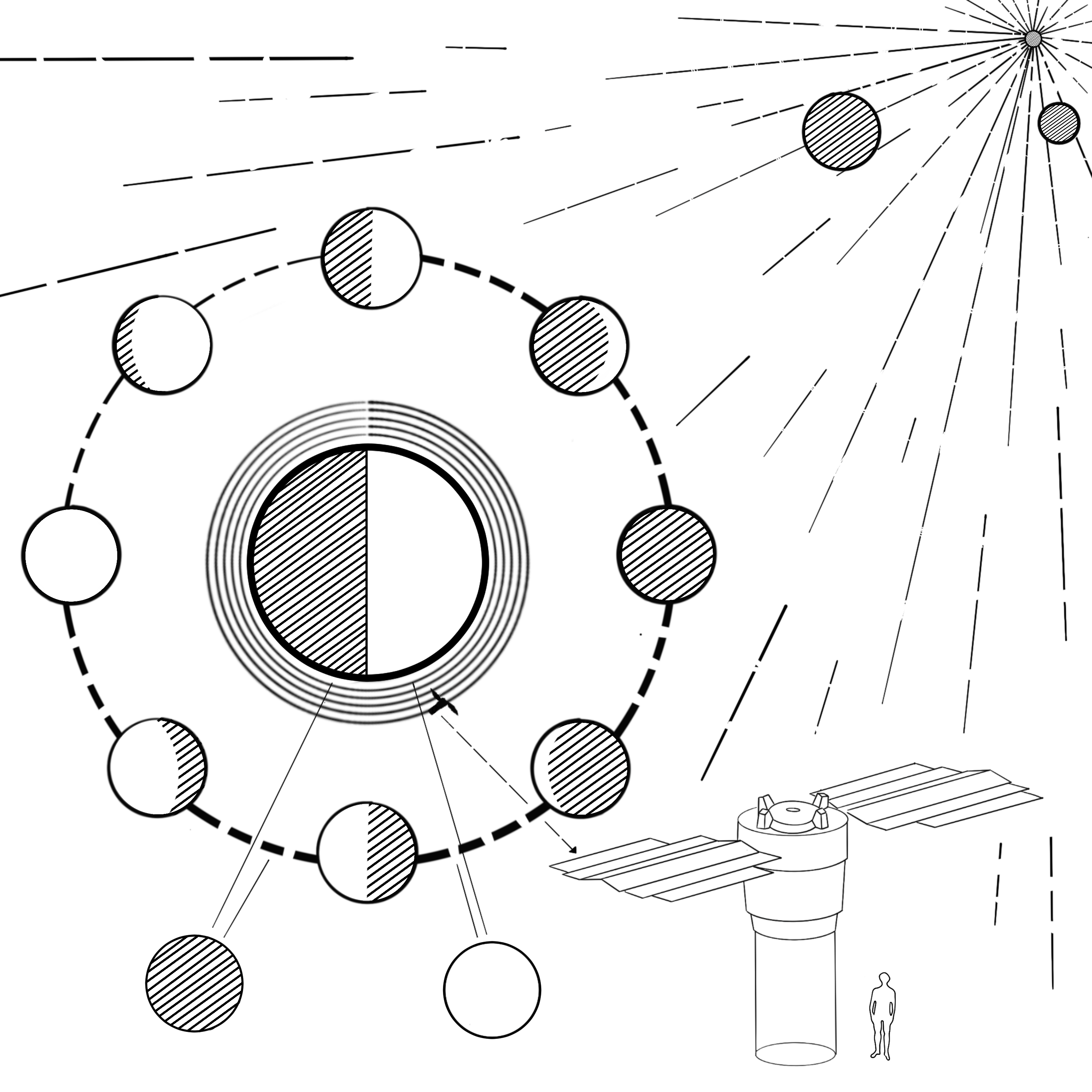
Team members: Kaidi Wang, Calvin Wang, Anita Luo
Proposal
Ted Chiang’s Story of Your Life prompted me to wonder what other modes and methods of communication we can use and how effective these are when faced with the challenge of communicating with extraterrestrial beings or atypical entities. By creating my own version of the Pioneer Plaque, I intend to gain the skills of creating a visual representation that considers the influences of anatomy and cognitive processes of the viewers.
A system that has influenced human culture to a large extent is the moon. Although the sun’s rhythm set the daily pace, early humans utilized the moon as a way to keep time beyond a single day and night. The moon was one of humankind’s first timepieces — even before the first written language and civilization. The moon’s phase changes became a reliable marker of time.
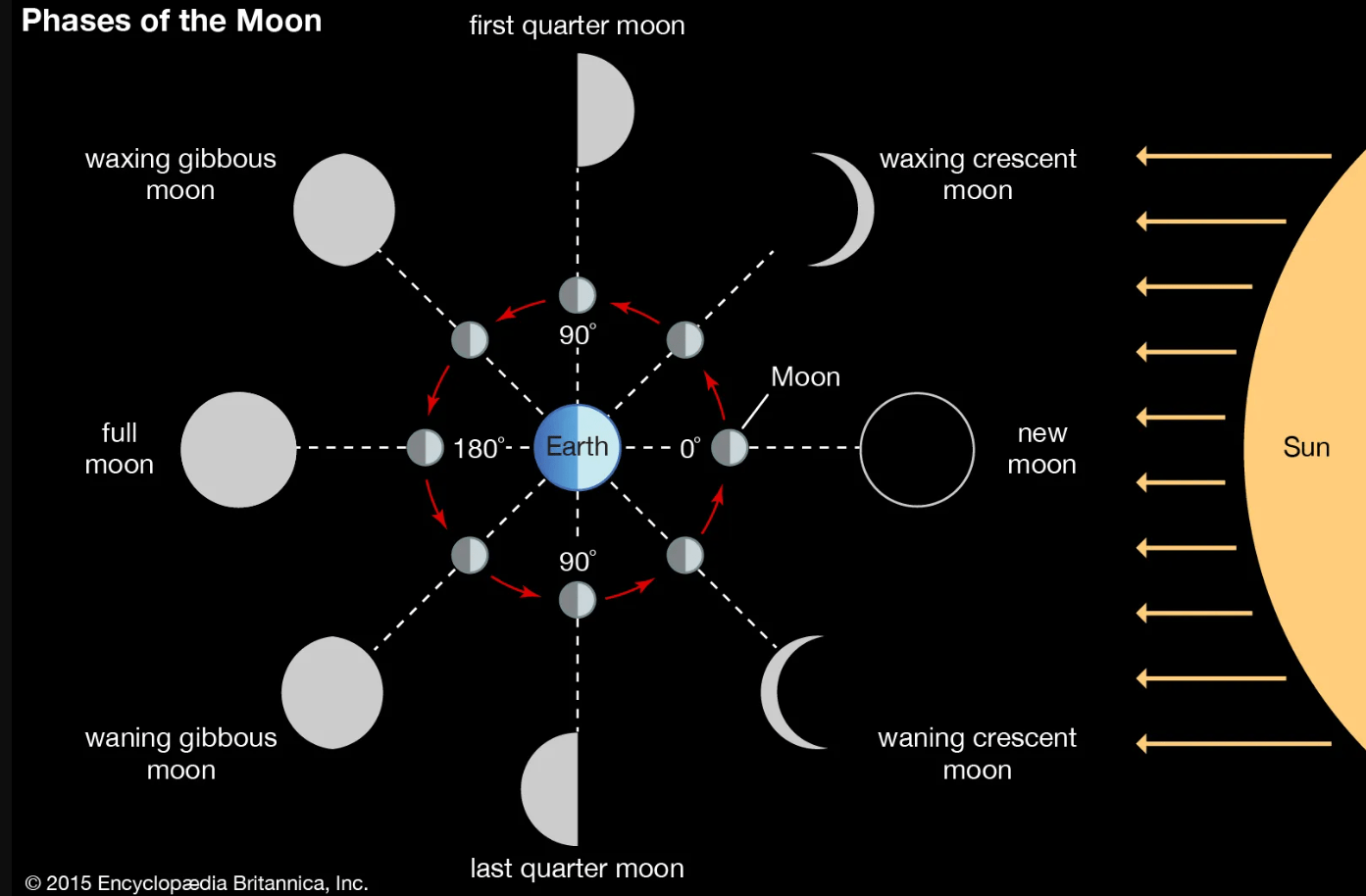
Brainstorming
With my team members, we created a mind map to lay out the basic framework and requirements in our plaque. The main sections that we will include in our diagram are the moon phases, the moon’s orbit, the Earth’s 5 atmospheres, and the concept of time.
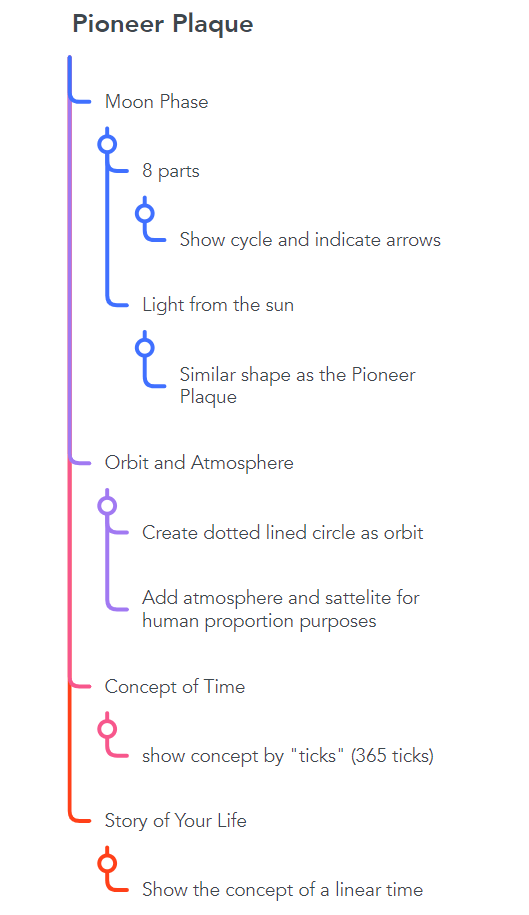
Inspiration & Conceptual Integration
In history, Pioneers 10 and 11 — NASA space probes — carried small metal plaques identifying their time and place of origin for any other spacefarers that might find them in the future. These metal plaques were called the Pioneer Plaque. Keeping in mind of the Heptapods’ anatomy and cognitive processes in Ted Chiang’s Story of Your Life, my team members and I formulated a diagram that is in the same style as the Pioneer Plaque that looked at the notion of cycles and time in a non-linear perspective.
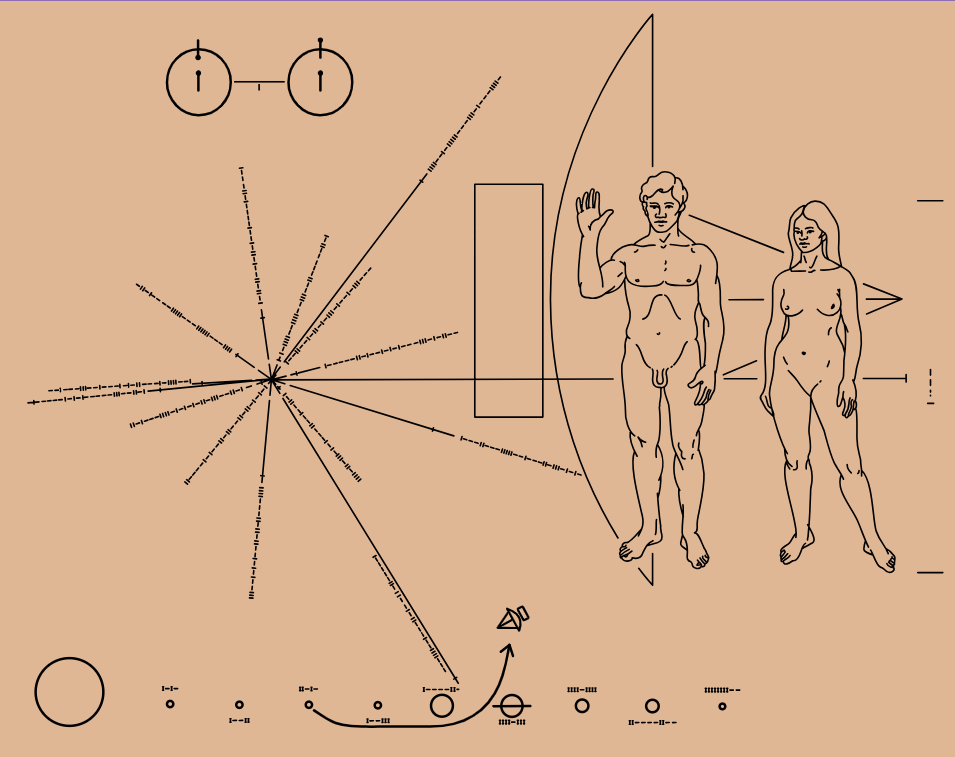
We intend to use the Earth’s atmosphere so that we can place a satellite in the exosphere.
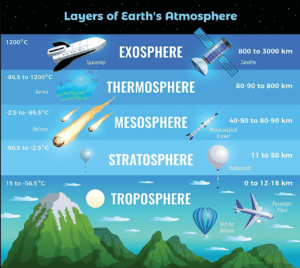
We intend to use the satellite in the exosphere as a way to show the size of humans in relation to the moon, sun, atmosphere, etc.
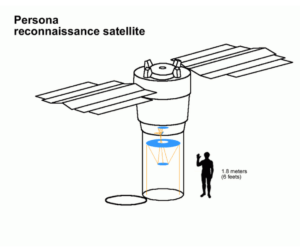
Process
Step 1: First sketch
My team members and I briefly worked on a sketch during class time to get a general idea of where our project was heading.
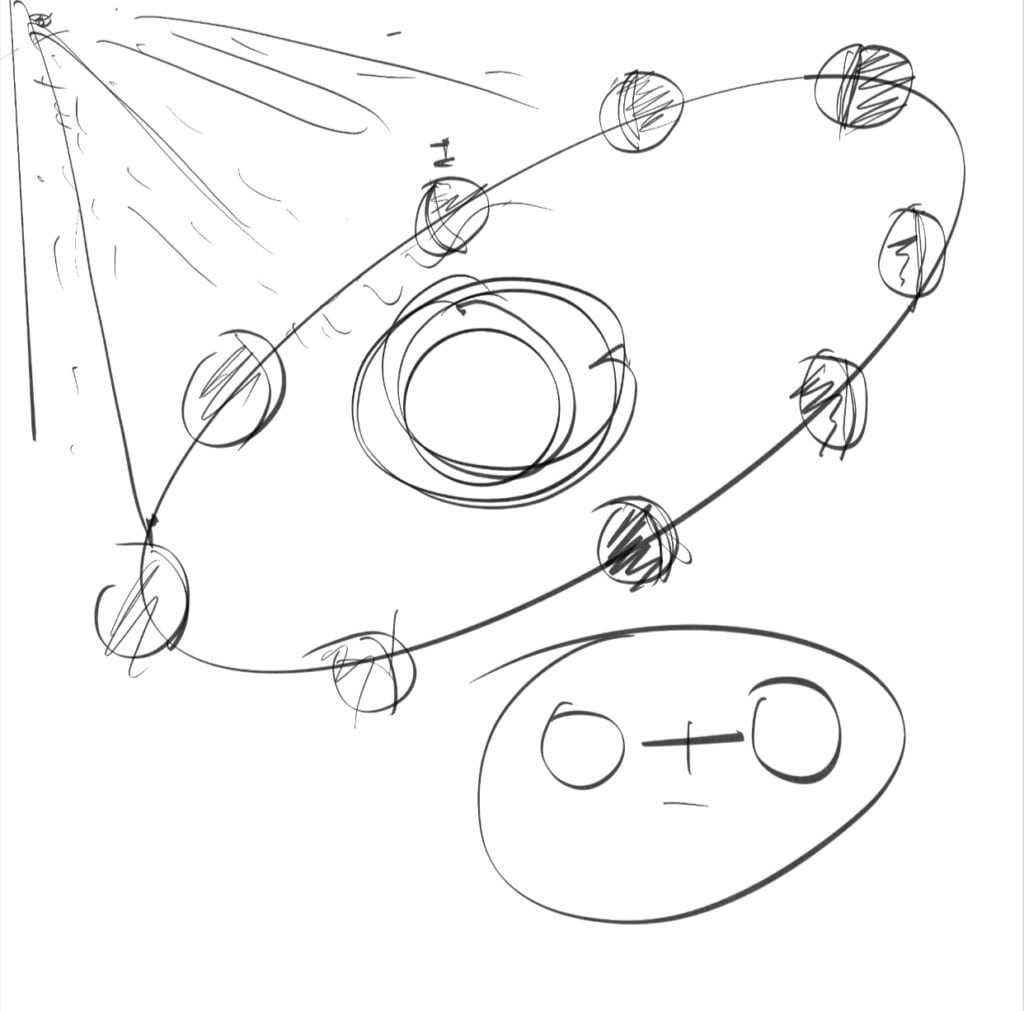
Step 2: Second sketch
We then considered the more specific details that needed to be included such as the concept of time and proportion. For example, we wanted to use dotted lines for the orbit to show a directional force or movement to the heptapod because they perceive things holistically. Additionally, we wanted to use the atmosphere as a way to measure how a human would fit in the diagram.
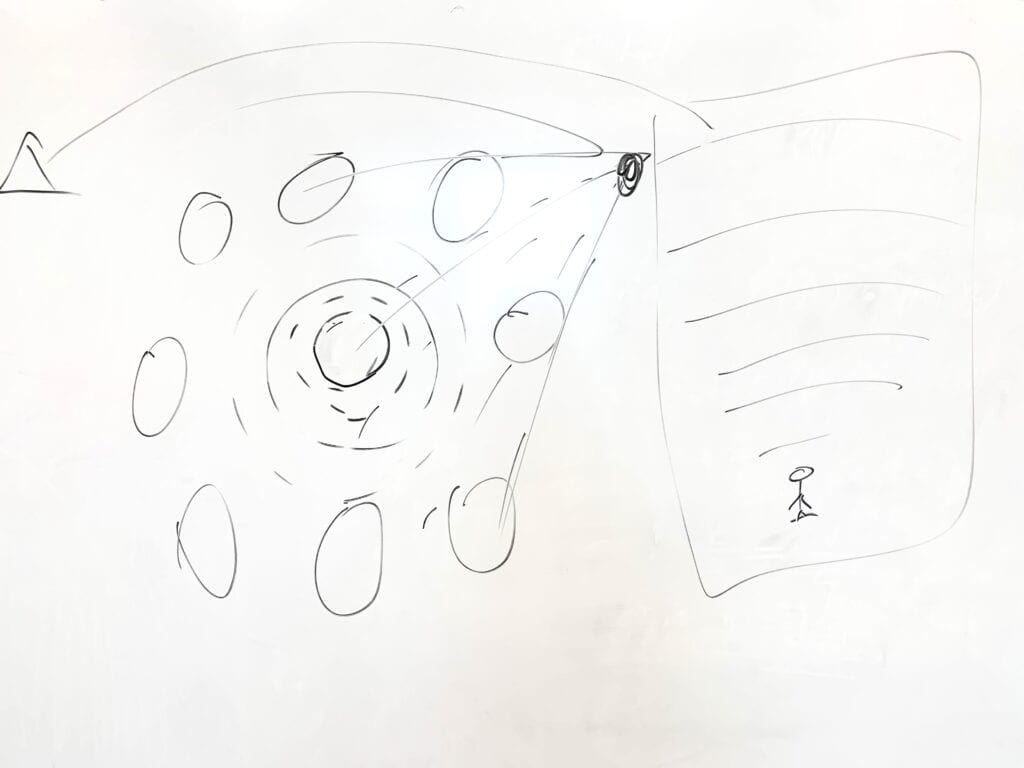
Step 3: First draft
With a few adjustments, we created our first draft that incorporated all the elements that we discussed before.
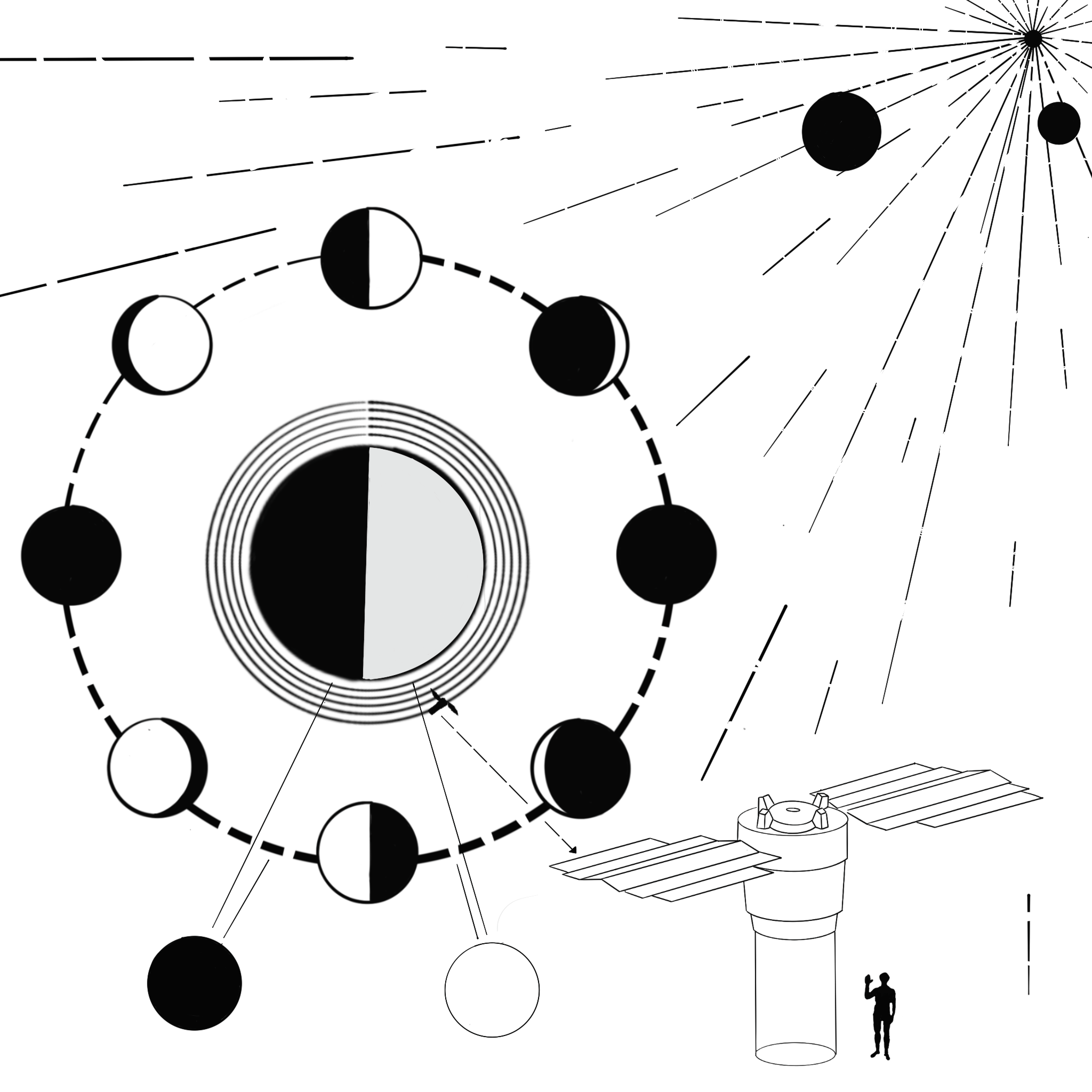
For better viewing please click here: First draft
Step 4: Second draft
After reviewing the plaque together as a group we found a few mistakes or minor issues such as the grey color of the second half of the Earth and slant sunray lines.
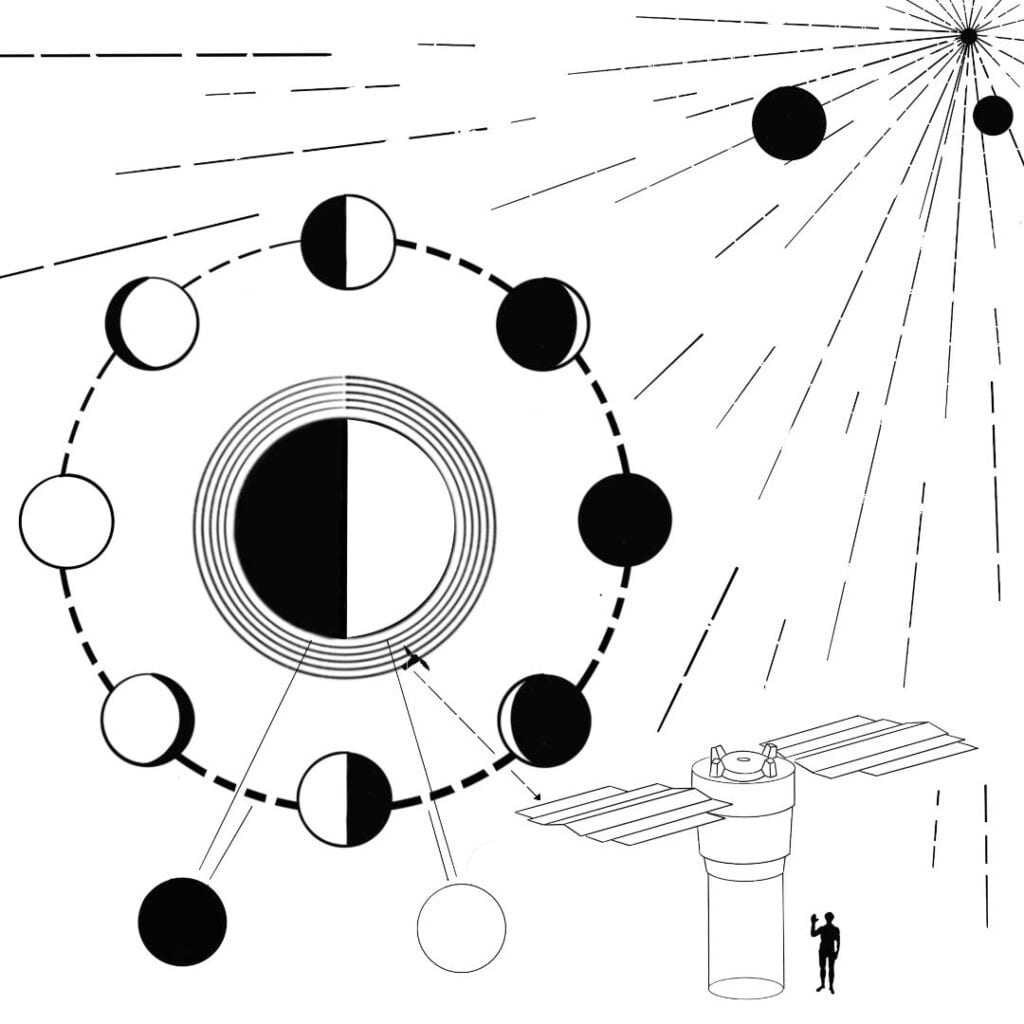
For better viewing, click here: Second draft
Step 5: Final adjustments
With the consultation of our professor, we found that the solid shading in the diagram was not aligned with the project’s requirements and thus we worked on our final adjustments.
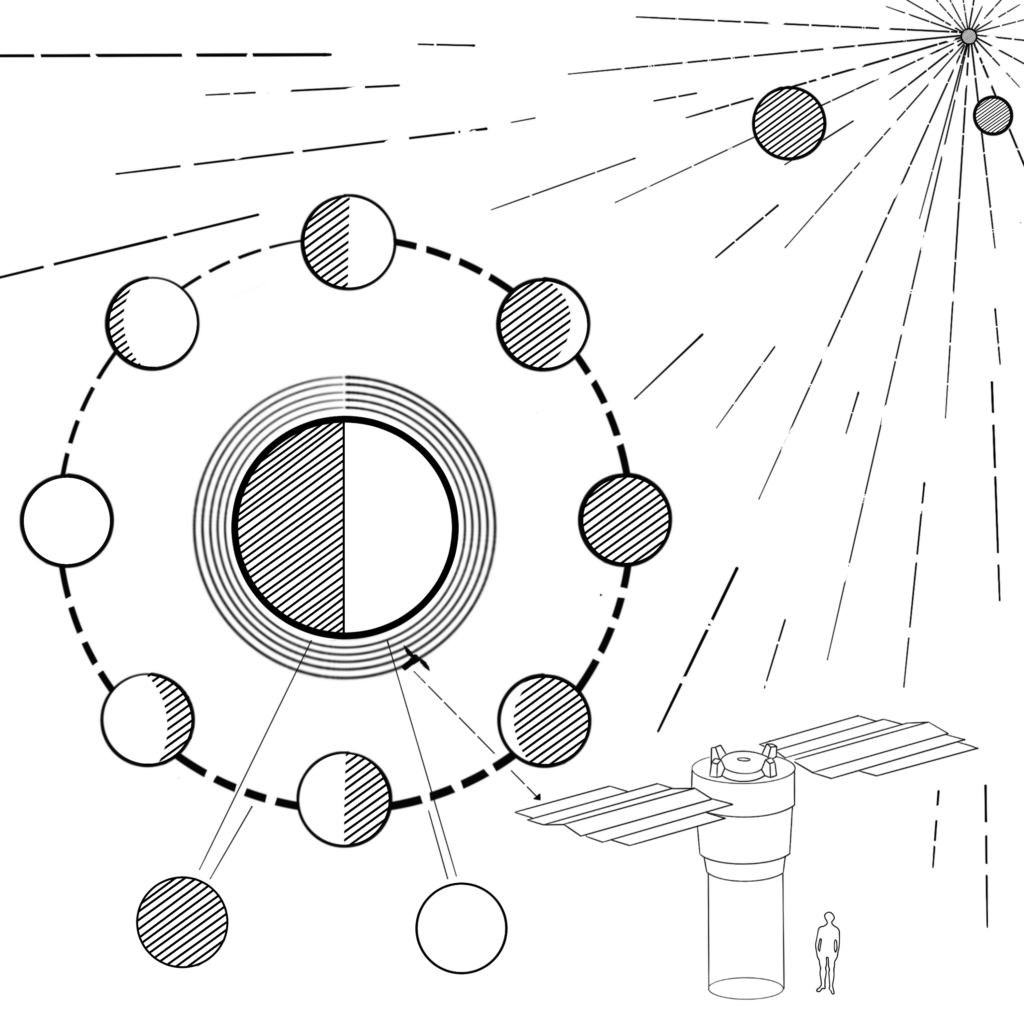
Audience Reception
[In Progress]
Rationale
In this Pioneer Plaque, our aim is to introduce the heptapods to the concepts of Moon phases, Earth’s orbit and atmosphere, and the notion of time. Given the unique physiology of the heptapods, with their seven eyes and tentacles, they do not perceive information in a linear, directional manner — as we do with a conventional “front”. Instead, they process information holistically. To accommodate their physical structure, we present information on these various concepts within a single image.
The first category pertains to Earth’s moon phases. Scientists have categorized these phases as the first quarter moon, waxing crescent moon, new moon, waning crescent moon, last quarter moon, waning gibbous moon, full moon, and waxing gibbous moon. These phases are depicted on the outer circumference of the plaque.
Each phase possesses a distinct appearance, and they are separated by intervals of 3.75 tick marks, which serve as temporal markers for the heptapods. Since each transition from one moon phase to the next occurs approximately every 3.75 days, a complete lunar cycle spans an entire month.
Heptapod language and cognitive processes are non-linear and holistic, enabling them to perceive time differently and communicate in a manner that incorporates past, present, and future simultaneously. This non-linear perception of time and thought is a central aspect of their culture and language, playing a significant role in our narrative. In our pioneer plaque, we seek to convey the idea that, for us, time is continuous and cyclical, as represented by the flowing lines connecting the rings. Unlike their non-linear perception, we experience time as an ever-revolving cycle that repeats with each lunar phase.
Furthermore, we provide more detailed information with the dotted lines encircling the moon phases. The white segments represent daytime, while the dark areas signify nighttime. To ensure clarity for the aliens, we’ve included lines and arrows pointing toward the Earth at the center.
As we move inward to the depiction of Earth at the center of the moon phases, we’ve added five circular lines, representing the layers of Earth’s atmosphere: the troposphere, stratosphere, mesosphere, thermosphere, and exosphere. The satellite orbits around the exosphere, which we’ve emphasized on the outermost layer.
To facilitate the heptapods’ understanding of the creators of this artifact, we’ve expanded and zoomed in on the bottom right-hand corner of our Pioneer Plaque. Here, we’ve included an enlarged image of the satellite alongside a human figure for scale. This conveys a sense of the size of the creatures inhabiting Earth.
Additionally, we wish to convey Earth’s position in the solar system, with two planets located in front of it and the Sun at the center. We’ve represented Mercury and Venus with two solid circles, with the smaller and closer circle signifying Mercury and the slightly larger, more distant one representing Venus. Earth follows Venus in this arrangement.
The final concept we aim to communicate to the heptapods is the significance of sunlight. Sunlight, traveling at the speed of light, illuminates all the planets orbiting around it. The fragmented lines emanating from the small dark point in the upper right corner symbolize the Sun emitting light. This serves to help the Heptapods understand that the Sun’s light plays a crucial role in influencing the moon phases on Earth, as it is only through the Sun that the Moon can cast shadows, giving rise to the cycle of day and night.